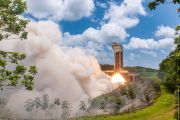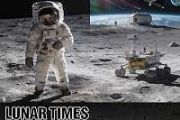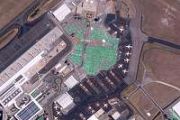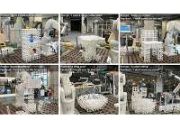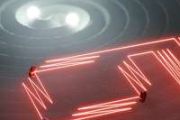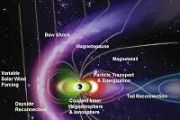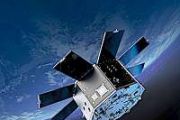
Copernical Team
Space station research advances NASA's plans to explore the moon, Mars
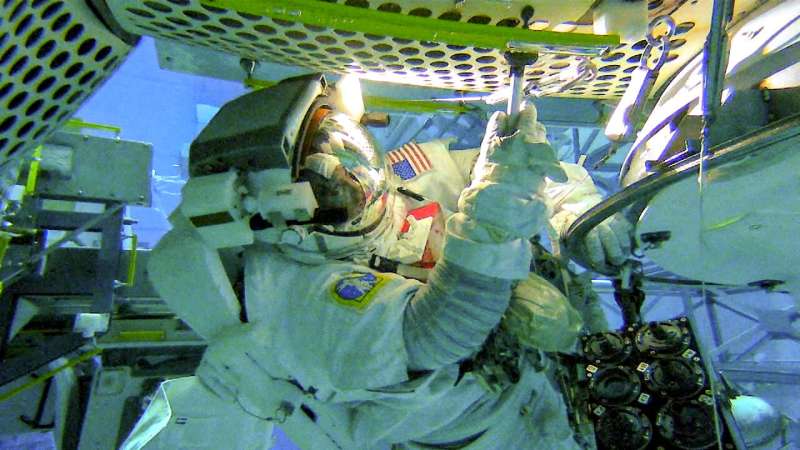
Space, the saying goes, is hard. And the farther humans go, the harder it can get.
Some of the challenges on missions to explore the moon and Mars include preventing microbial contamination of these destinations, navigating there safely, protecting crew members and hardware from radiation, and maintaining and repairing equipment.
Research on the International Space Station is helping NASA scientists develop tools and processes to ensure success on these important missions. Here are highlights from some of the investigations making space a little easier.
Tracking tiny stowaways
Bacteria and fungi live in and on all humans and all around us on Earth. Most of these microorganisms are beneficial or harmless but introducing them to other celestial bodies could adversely affect our ability to study ecosystems on those other worlds.
Week in images: 27-31 May 2024
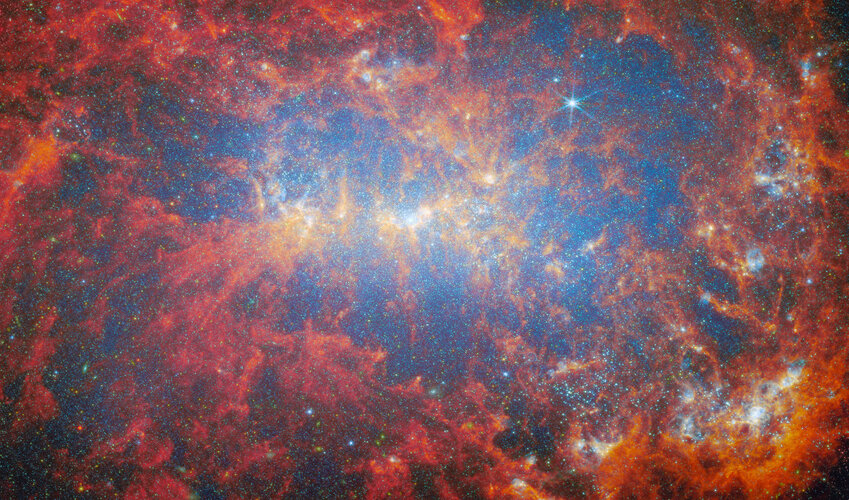
Week in images: 27-31 May 2024
Discover our week through the lens
Slovakia, Peru sign NASA's Artemis Accords on safe space exploration
 Slovakia and Peru on Thursday signed NASA's Artemis Accords, making them the latest in a rapid number of countries to join the U.S.-led agreement on the safe exploration of space.
Both countries signed the accords at NASA's Washington headquarters, but in separate ceremonies with Peru the first to add its name to the accords on Thursday followed by Slovakia, making them the 41st and 42n
Slovakia and Peru on Thursday signed NASA's Artemis Accords, making them the latest in a rapid number of countries to join the U.S.-led agreement on the safe exploration of space.
Both countries signed the accords at NASA's Washington headquarters, but in separate ceremonies with Peru the first to add its name to the accords on Thursday followed by Slovakia, making them the 41st and 42n Twin NASA Satellites to Measure Earth's Polar Energy Emissions
 NASA has launched the first of two shoebox-size CubeSats to help scientists understand the behavior of clouds and water vapor at Earth's polar regions and their impact on climate. The first satellite of the Polar Radiant Energy in the Far-InfraRed Experiment (PREFIRE) mission was launched from New Zealand on May 25. The second CubeSat is scheduled to launch on June 1.
The PREFIRE mission w
NASA has launched the first of two shoebox-size CubeSats to help scientists understand the behavior of clouds and water vapor at Earth's polar regions and their impact on climate. The first satellite of the Polar Radiant Energy in the Far-InfraRed Experiment (PREFIRE) mission was launched from New Zealand on May 25. The second CubeSat is scheduled to launch on June 1.
The PREFIRE mission w Scout Space's second optical payload completes first image capture in orbit
 Scout Space Inc., a leading in-space observation service provider focused on space security and comprehensive Space Domain Awareness (SDA), announced that its optical payload "Sparrow" has completed commissioning and captured its first in-space calibration image. Launched aboard the Apex Aries bus on the SpaceX Transporter-10 mission in March 2024, this marks the successful deployment of Scout's
Scout Space Inc., a leading in-space observation service provider focused on space security and comprehensive Space Domain Awareness (SDA), announced that its optical payload "Sparrow" has completed commissioning and captured its first in-space calibration image. Launched aboard the Apex Aries bus on the SpaceX Transporter-10 mission in March 2024, this marks the successful deployment of Scout's NASA provides new near real-time air quality data
 NASA has released new data offering detailed air pollution observations down to neighborhood levels. This data comes from the TEMPO (Tropospheric Emissions: Monitoring of Pollution) instrument, launched last year to enhance air quality observation from space. The data is available at NASA's Atmospheric Science Data Center in Hampton, Virginia.
"TEMPO is one of NASA's Earth observing instru
NASA has released new data offering detailed air pollution observations down to neighborhood levels. This data comes from the TEMPO (Tropospheric Emissions: Monitoring of Pollution) instrument, launched last year to enhance air quality observation from space. The data is available at NASA's Atmospheric Science Data Center in Hampton, Virginia.
"TEMPO is one of NASA's Earth observing instru FCC chair calls for stricter 'space junk' rules
 The chair of the Federal Communications Commission called on the agency to strengthen rules to "limit the risks posed by accidental explosions in space" in light of a huge influx in the number of satellites being launched and a spate of recent events in which space junk has fallen to Earth.
"We can no longer afford to launch new satellites into our skies without being thoughtful about s
The chair of the Federal Communications Commission called on the agency to strengthen rules to "limit the risks posed by accidental explosions in space" in light of a huge influx in the number of satellites being launched and a spate of recent events in which space junk has fallen to Earth.
"We can no longer afford to launch new satellites into our skies without being thoughtful about s Earth from Space: Madagascar jellyfish
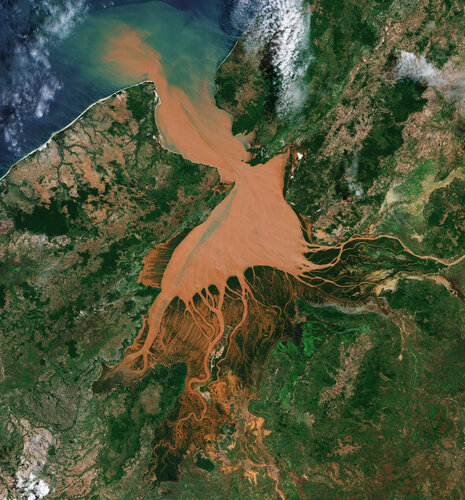 Image:
Resembling a reddish jellyfish, the Mahajamba Bay in Madagascar is imaged by Copernicus Sentinel-2.
Image:
Resembling a reddish jellyfish, the Mahajamba Bay in Madagascar is imaged by Copernicus Sentinel-2. New milestone for the Gateway: life inside Lunar I-Hab
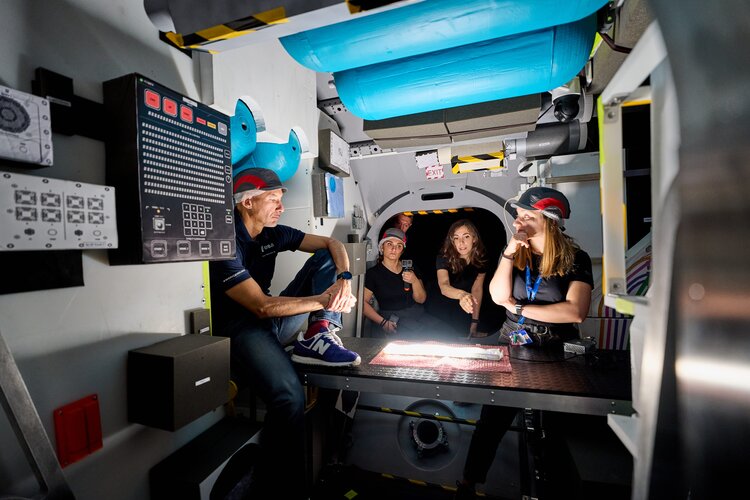
Lunar I-Hab, the next European habitat in lunar orbit as part of the Gateway, has recently undergone critical tests to explore and improve human living conditions inside the space module.
Momentus awarded DARPA contract for in-space construction technologies
 Momentus Inc. (NASDAQ: MNTS), a provider of in-space transportation services, has secured a contract from the Defense Advanced Research Projects Agency (DARPA) to support the design and in-space demonstration of technologies for constructing large-scale structures in space.
The DARPA Novel Orbital and Moon Manufacturing, Materials, and Mass-efficient Design (NOM4D) program aims to develop
Momentus Inc. (NASDAQ: MNTS), a provider of in-space transportation services, has secured a contract from the Defense Advanced Research Projects Agency (DARPA) to support the design and in-space demonstration of technologies for constructing large-scale structures in space.
The DARPA Novel Orbital and Moon Manufacturing, Materials, and Mass-efficient Design (NOM4D) program aims to develop 











